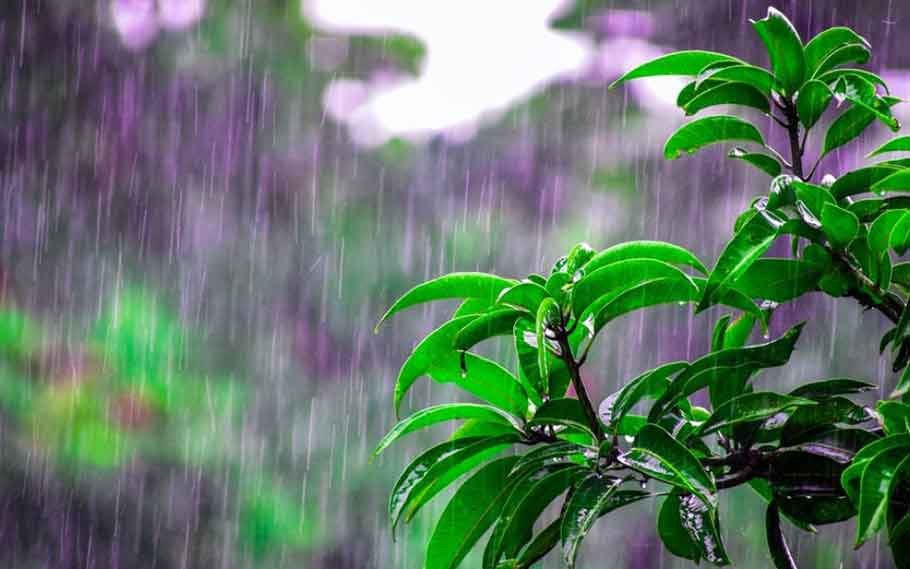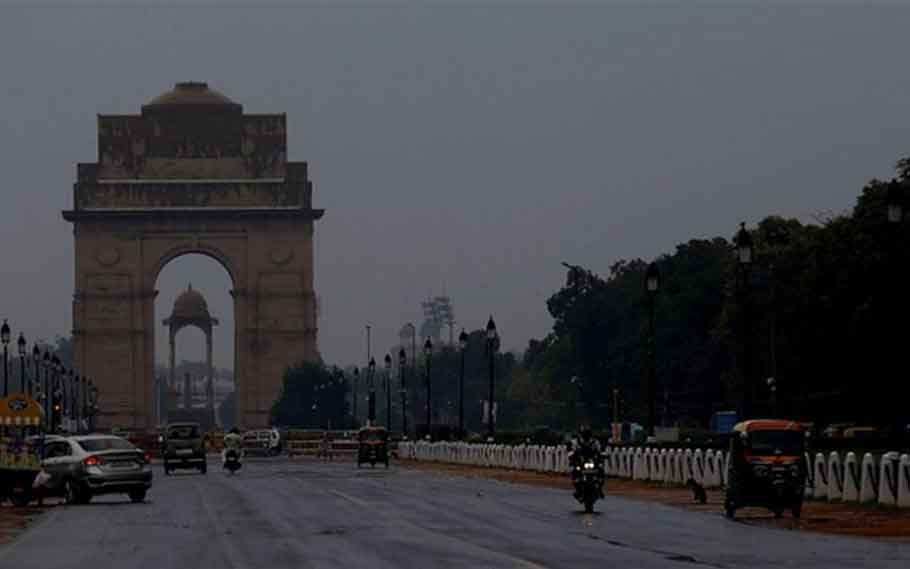This monsoon season, India will receive “normal” rainfall, according to Skymet Weather, a private weather forecasting business, which added that rainfall will be 98 per cent of the Long Period Average (LPA).
Meanwhile, based on the average from 1961 to 2010, the long-term average for June to September is 880.6mm.

Moreover, rainfall that falls between 96 and 104 per cent of LPA is considered normal. Monsoon rainfall was 99 per cent of LPA in the “normal” category last year and 109 per cent of LPA in the “above normal” category in 2020.
According to Skymet Weather’s managing director, Jatin Singh, “The last two monsoon seasons have been driven by back-to-back La Niña events. Earlier, La Niña had started shrinking sharply in winters, but its fallback has been stalled on account of the strengthening of trade winds. Though past its peak, La Niña’s cooling of the Pacific Ocean is likely to prevail till a time short of the onset of the southwest monsoon. Therefore, the occurrence of El Niño, which normally corrupts the monsoon, is ruled out,”
In addition, he said, “However, pulsating behaviour of the monsoon is expected to transpire abrupt and intense rains, interspersed by abnormally long dry spells.”
“We do not want to comment on a private company’s forecast. IMD will make a detailed monsoon forecast in a press conference in mid-April which will be our initial monsoon forecast that will be updated before June,” India Meteorological Department (IMD) director-general M Mohapatra said.
According to Mahesh Palawat, vice president of the forecasting company “We have had two years of La Niña conditions which are now developing. There is gradual warming over the eastern equatorial pacific. La Niña years are associated with good monsoon and we had two consecutive years of normal and above normal monsoon in 2021 and 2020 respectively. But in June during monsoon onset ENSO neutral (Neither El Niño nor La Niña) conditions are likely, which is also favourable for a normal monsoon.”
In addition, he said, “The Bureau of Meteorology, Australia and National Oceanic and Atmospheric Administration is indicating El Niño conditions will not develop until the end of monsoon. This is why we are expecting very good rains during sowing time for Kharif crops in June and July. Rains may reduce marginally in August and September though.”
Moreover, Skymet Weather anticipates rainfall to be 107 per cent of LPA and 100 per cent of LPA in June and July, respectively, and 95 per cent and 90 per cent of LPA in August and September, respectively.
Skymet Weather statement
Skymet Weather said in a statement that the Indian Ocean Dipole (the difference in sea surface temperature between two locations) is neutral, with a negative tendency closer to the threshold margins, and that a negative IOD is not conducive to a healthy monsoon.

“This possibly can lead to extreme variability in the monthly rainfall distribution,” the Skymet statement continued.
Further, in terms of geographical hazards, Skymet forecasts rain deficits in Rajasthan and Gujarat, as well as Nagaland, Manipur, Mizoram, and Tripura in the northeast area, throughout the season.
In the core monsoon months of July and August, Kerala and North Interior Karnataka are expected to receive less rain, according to the prediction.
“Punjab, Haryana, and Uttar Pradesh, the agriculture bowl of North India, and rain-fed areas of Maharashtra and Madhya Pradesh will witness above normal rainfall. The 1st half of the season is expected to fare better than the latter. Monsoon is likely to make a decent start during the onset month of June,” according to the Skymet statement.
La Nia is the term used to describe a large-scale cooling of ocean surface temperatures in the central and eastern equatorial Pacific Ocean, as well as changes in tropical air circulation such as winds, pressure, and rainfall.
El Nio, the warm phase of the so-called El Nio Southern Oscillation (ENSO), usually has the opposite effect on weather and climate.
Moreover, weather and climatic patterns such as strong rainfall, floods, and drought are all influenced by ENSO. El Nio, for example, is linked to dryness and a weak monsoon in India, whereas La Nia is linked to a robust monsoon, above-average rainfall, and milder winters.
However, the Monsoon season, which begins on June 1 and lasts until September 30, is critical for summer crops, bringing around 70% of India’s yearly rainfall. It is critical for the country’s agriculture, which is one of the economy’s pillars. The monsoon boosts farm output and boosts rural expenditure.

Monsoon rains provide a lifeline to over 60% of the country’s net cultivated area, which is devoid of irrigation.










